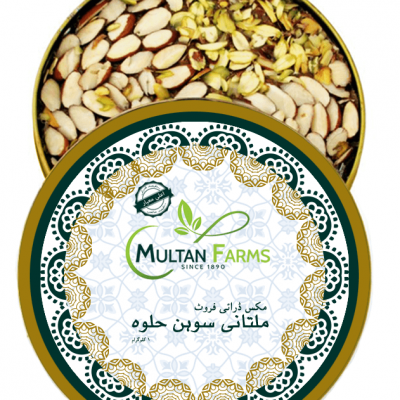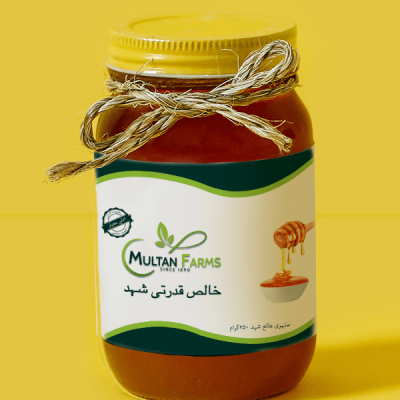Ostrich Feather
Ostrich feathers are used for cleaning fine machinery and equipment as well as for decorations and in the fashion industry. The quality of feathers produced from ostriches raised in Europe and North America differs from those produced in Africa. The best feathers come from the more arid regions of the world.
There are 5 types of feathers: tail feathers, short body feathers, long body feathers, and floss and wing plumes.
The chick feathers are of the wing plumes category and appear soon after hatching. These plumes are ripe at 6 months and the quills 2 months later. They are brown on the top and dark grey on the bottom of the plume.The chick feathers on the lower part of the body and under the belly are white.
After about 5-6 months, the chick feathers begin to lose these characteristics, and are plucked because they are not of high quality. After 2 years, the sex of the ostrich is clear, because the male has black body feathers, while those of the hen are a dull grey.
The female feathers are a dull grey colour, ideal for breeding during the day because she is well-camouflaged. With the grey feathers, she has creamy-white wing, tail and ventral plumes. The white on the feathers forms a unique pattern along the shaft, like a human fingerprint.
The male feathers are black in colour, with the exception of the white wing-tips and tail-plumes and this is perfect camouflage for breeding at night. This is the reason why the males will guard and breed the eggs at night, and the females, with their dull grey feathers, breed during the day. Tail plumes are normally a brownish-orange colour because of the red Oudtshoorn dust, which can be easily washed off to return to its original white colour. The lower 30cm of the neck is covered with feathers, and the remainder with short downy feathers and hairs, as well as the head that is covered with short, straight hairs.
A prize male ostrich yields around 40-50 plumes. Between 200 and 300 wing plumes would make 1kg, whereas female wing plumes are even lighter. The total “harvest” from one bird at one plucking weighs about 2kg including body feathers. IF the feathers stay in the ostrich after they become “ripe”, they lose their lustre and become dull (hence the bird must be plucked, while the quills are still “green”). The quills are pulled out to prevent irritation to the bird and damage to the new feathers starting to grow behind the quills. The ostriches are never left completely bare at any stage, to prevent sun burn and skin damage.
Feather boas are wing plumes “plucked” from the shaft of the feather and tied together with a needle and string. Approximately 40 wing plumes are used to make a 1.5m boa, and takes about a day and a half to make.
30 grams of body feathers are used to make one feather duster. Feather dusters can be successfully washed and dried because the ostrich has no oil glands and the feathers are therefore not oily. The reason why ostrich feathers work so well as feather dusters is because once they are stroked, they become charged with static electricity. This helps the dust particles to stick to the feather, unlike other feather dusters that just move the dust around.
Multan Farms
We are a farming and FARM to DOORSTEP delivery company.
We produce 100% natural, pure and organic products.
FOLLOW US
Got a Question ?
Get in touch with our team.


